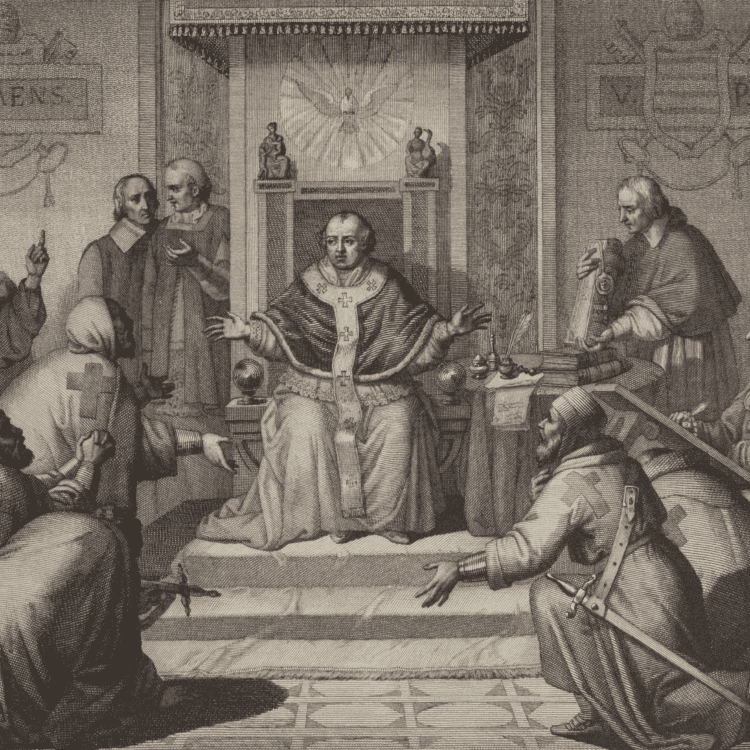The following exhibits are intended as introductions on topics of legal history. These research resources for teachers and students are meant to emphasize the importance of primary source documents.
To view a specific exhibit, simply select from the choices below.
California's Legal Heritage
The story of California’s legal heritage begins in Iberia, a contested territory at the western edge of the Roman Empire and continues with the thirteenth-century legislator Alfonso the Wise and empire-builders Ferdinand and Isabel, who endeavored to order and refine the multiplicity of legal codes to build royal authority and legislative unity.
The Common Law and Civil Law Traditions
Most nations today follow one of two major legal traditions: common law or civil law. The common law tradition emerged in England during the Middle Ages and was applied within British colonies across continents. The civil law tradition developed in continental Europe at the same time and was applied in the colonies of European imperial powers such as Spain and Portugal. This educational resource follows the development of these two distinct legal traditions.
Roman Legal Tradition and the Compilation of Justinian
Long before the Roman Republic was established in 509 BCE, the early Romans lived by laws developed through centuries of custom. This customary law (ius, in Latin) was handed down through generations and was considered by the Romans to be an inherited aspect of their society as it had evolved from its earliest days. A century later they began to write down the law for the first time, which over time led to the compilation of Justinian’s Digest, Code, and Index in 533 CE.
The Medieval Law School
The origins of Europe’s first university can be traced to the late eleventh century, when the teaching of Roman law began at Bologna. The university that formed there was the site of a birth in Roman jurisprudence sparked by the rediscovery of the Digest, Justinian’s compilation of Roman law. Within a few decades of the emergence of the study of Roman law, Gratian’s Decretum, a monumental compilation and synthesis of church law launched the study of canon law as a legal science. These texts and the work they inspired were catalysts that fostered the emergence of a medieval legal tradition in both civil and canon law that soon extended across Europe and provided the foundation for centuries of Western legal development.
Milestones in Legal Culture and Tradition
Each text featured in this exhibit represents a milestone in the development of law in one of its manifold forms, from the traditions of scholarship and practice that developed through centuries and across continents, to the diverse and complex legal cultures of the present day.
Famous Trials and Their Legacies
Inspired by the vivid afterlife the Knights Templar have had in the popular imagination, this exhibit presented three historic trials as they were formally documented at the time and as they have continued to be represented and interpreted in the centuries since. From the trial of a wealthy and powerful medieval organization, the Knights Templar, to the far-reaching trend of persecution in communities from Early Modern Europe to Colonial America that culminated in the Salem Witch Trials, to a trial to prove the identity of a single individual, each of these trials was a sensational legal drama that had at its heart issues of power and control.
The Roman-Dutch Legal Tradition
Dutch jurists of the seventeenth and eighteenth centuries brought new insight to Roman sources of law while also innovating approaches to the study and synthesis of local customary law. The flowering of Dutch scholarship and its prominence in European legal culture went hand in hand with the expansion of Dutch economic and political power in Europe and abroad as it expanded trade throughout colonial territories in Africa and South Asia.






